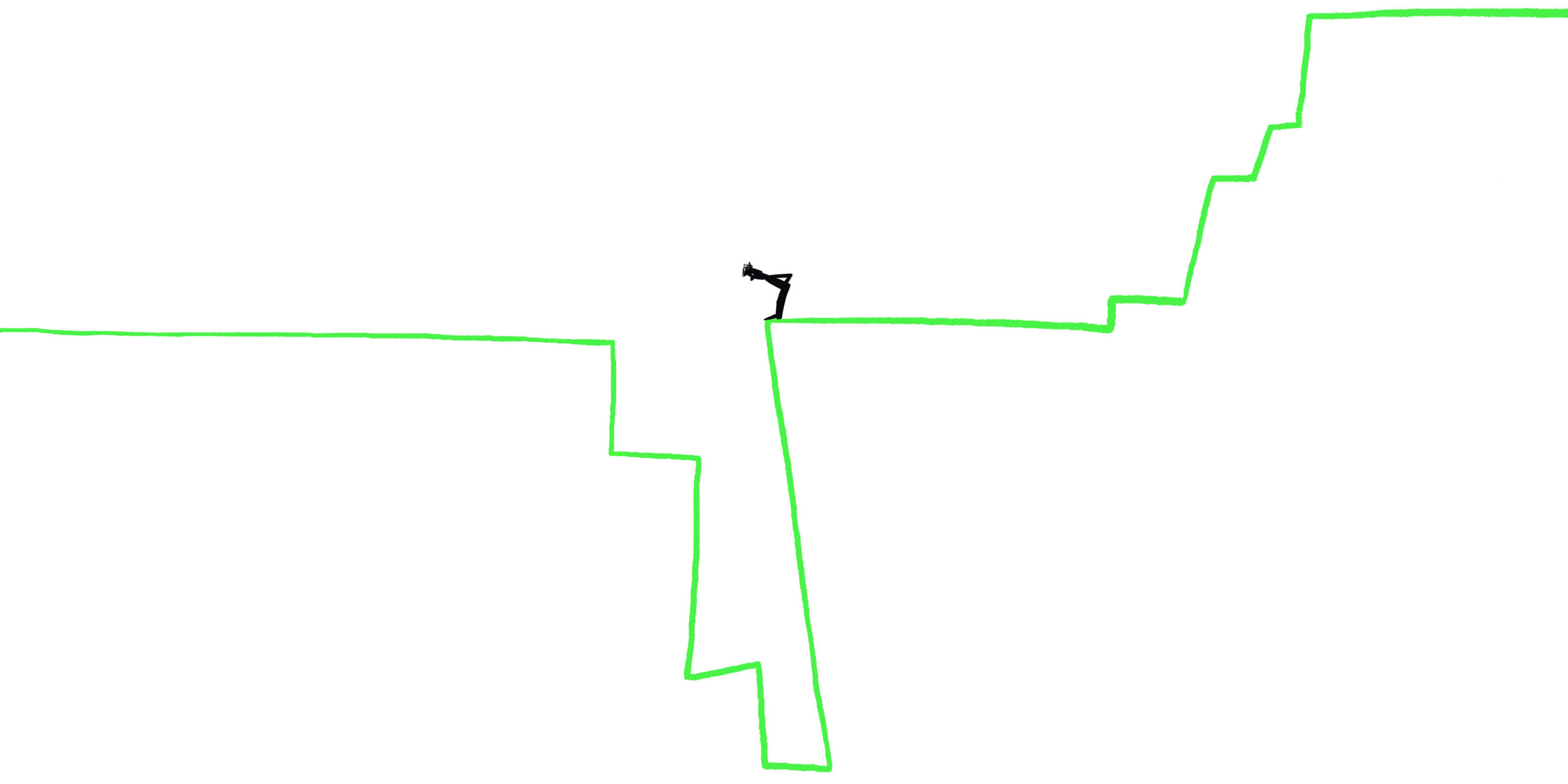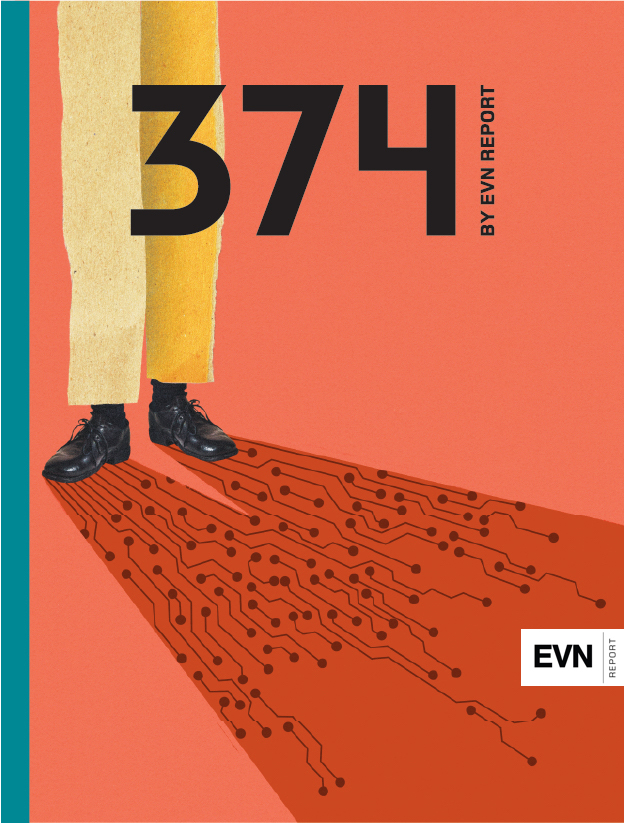

Illustration by Maïda Chavak for “374”
Since October 2020, at the height of the Artsakh War, discussions about Armenia-Diaspora collaboration have become significantly more active. Most of these were private conversations and as is typical in crisis situations, they often led to extreme conclusions such as: “The Diaspora resource is a myth, it does not exist, we must forget about it and focus all our energies on Armenia’s internal resources,” or “Armenia and Artsakh are not viable, and we shouldn’t continue wasting our efforts on them.”
In addition to these rather absurd conclusions, there are also real steps being taken that are already yielding small but significant results. The following were planned and implemented after the war:
- More than a dozen students have begun working on projects on the Gitak.club platform led by Diasporan Armenians, as a result of which, some have already completed their master’s degrees at Yerevan State University.
- The newly-established Armenian Independent University and The Institute of Bioinformatics of Armenia are conducting summer schools with significant involvement of Armenians from the Diaspora.
- The SASTIC initiative has brought together more than a hundred Diasporan professionals, who regularly study projects that promote the development of Armenia and promise both financial and intellectual support.
- The Future Armenian, Armenians Forward, and United AIO initiatives have called for discussions around new collaboration efforts.
I have participated in dozens of private conversations, where discussions focused on how to achieve more effective cooperation among different segments of the Armenian people. Here is what I have discovered.
The Main Obstacle
There truly is a major accumulation of human capital in the diaspora today, many of whom are not involved in the development of Armenia. They cite many obstacles, such as the lack of a common universal goal, or that there are no mechanisms for the diaspora to participate in the governance process of Armenia. Without minimizing any of these problems, and even in the current conditions, there are massive opportunities for effective Armenia-Diaspora collaboration. There is a consensus among most of us around these issues, and there are essentially no legal obstacles to solving many of them.
In my opinion, the biggest obstacle is the lack of compatibility between the interfaces of different Armenian circles. The group that has a problem, and the group that has the ability to solve that problem, do not understand one another. They speak different “languages”, they have different ideas about trust, and they prefer to work with one another without leaving their respective comfort zones, which often do not intersect. In these conditions, cooperation between these groups doesn’t occur, and sometimes even a single coherent conversation doesn’t even take place.
Let me present an analogy. Imagine we are in Yerevan, 800-1200 m above sea level, and our goal is to climb Mount Azhdahak (3597 m). All of us in Armenia have the knowledge and experience necessary to climb from 800 m to 1200 m. Only a few people know how to reach 2500 m. In the Diaspora, we have professionals who have extensive experience in taking thousands of people from 2000 m to 3000 m. We also have professionals, who from time-to-time go from 3000 m to the peak — 3597 m. Once they reach the summit, they might even add another stone to the peak. The international press writes about these people every day.
People who operate at the peak are accustomed to business executives, officials and public figures (usually those who are at the 2500-3000 m range), asking them various questions, asking for their support, and rejoicing in the opportunity to spend a few hours speaking with them. In Armenia, however, people who are at the 1000 m range, avoid contact with them or simply ask questions about how to get from their current range of 1000 m to around 1100 or 1200 m. Those people who work at the top are either disappointed by how small-scale their questions are, or are offended by the lack of ambition, and the people with 1200 m range issues end up labeling them as arrogant and unpatriotic cosmopolitans.
Magazine Issue N30
The magazine issue for June features some of the pieces found in “374,” the first print tech magazine in Armenia. We are delighted to feature prominent voices like Nina Achadjian, Armen Orujyan, Raffi Kassarjian, Ashot Arzumanyan, and Hovsep Patvakanyan, who provide valuable insights on these topics.
What’s Next for Tech in the Mountains
The tech industry in Armenia has seen tremendous growth in size, success of new start-ups and performance against objective measures. How close is the country to another “inflection point” signaling entry into the next stage and level of growth and success?
Read moreThe people climbing from 2000 m to 3000 m are, to some extent, able to connect with those at the 1200 m, however, this rarely turns into collaboration. In some cases, people who are at 1200 m don’t want to admit to themselves that they are that far from 3000 m. It is a defensive reaction, which is often driven by company interests (“we shouldn’t publicize our internal shortcomings”). Reminding these types of people of their true “height” is often perceived as an insult. They respond by saying that the other person is rejecting their efforts that led them to reach 1000-1200 m. In even more extreme conditions, when people have been stuck in the 1100-1200 m range for decades, they begin to deny the existence of mountains that exceed 1500 m in height. On the other hand, people who don’t have the experience of working below 2000 m, do not want to leave their comfort zone and dedicate the years required to help others go from 1200 m to 2000 m. They say “when you reach 2000 m, then we’ll help you.”
There are also many cases, when Diasporan Armenians who are accustomed to the 2000 m range, treat all Armenians from Armenia as people who have never seen more than 1000 m, even at times ignoring the advice of people who are above 2500 m.
The Solution
The solution, in my opinion, has a simple framing, but the implementation requires a lot of work. The different circles of Armenians must go out of their way to understand one another, to put themselves in the other person’s shoes, and to take steps that are sometimes unpleasant or out of their respective comfort zones. Let me give two examples from my immediate surroundings.
Bottom-Up
In August 2019, Karen Hambardzumyan (YerevaNN) and I attended the Association of Computational Linguistics (ACL) 2019 conference in Florence, Italy. It is the most prestigious natural language processing conference in the world. We were listening to the presentations about the new ideas being developed, and feeling just how far we were from contributing to the field at that level. Aram Galstyan, from the University of Southern California, was also present at the conference and we asked him how we could get involved with this level of work. Galstyan offered to introduce us to one of his American colleagues, who regularly participates in this conference. After becoming acquainted, he formulated a problem that we could work on and promised to communicate with us regularly.
It later turned out that the amount of communication acceptable to him was a weekly one-hour session. Moreover, the format was such that communicating only made sense when we had something new to share. This is how he works with his graduate students as well. Communicating in this format did not allow us to achieve a competitive and significant result in our work. We often wouldn’t even have anything to say, and would end up communicating once every two months for one hour. Eight months passed, and we realized that we could not make significant progress in the task given to us. We moved on to other problems, and achieved some results that we later found out had already been achieved by other scientists in the field. Only in December 2020, was Karen able to achieve a result that pleasantly surprised our colleague in California. Immediately, we began to communicate weekly. He helped us write the paper and submit it to the ACL Conference and in April 2021, we were informed that it had been accepted for publication. Thus, after two years of work, we were able to reach a point where we could use the support of our colleague.
Top-Down
In 2012, Ruben Meschyan was working as a lead engineer at a company in Boston. He decided to spend a few weeks during the year giving lectures in Armenia. Being one of the top specialists in his field (3000 m+), he did not lecture on extremely difficult and advanced topics. Instead, he organized lectures for students on the most basic topics in the JavaScript programming language (800 m to 900 m). He would be impressed when some students were already familiar with more advanced concepts (1200 m), and would ask those who already had advanced knowledge in the subject area to stop attending the lecture, as it could be tedious for them. This means that Ruben’s goal was not to gather a few people who were at the 1200 m+ range and quickly help them reach greater heights. His goal was to develop a larger number of people who were currently at 800 m and raise them up to 1500 m. After a few weeks of lecturing, he would return to Boston and get back to his work at the 3000 m + level.
In the coming years, the visits became longer and longer, until he finally moved to Armenia. The seminar series gradually turned into a university course. In 2020, he began releasing high-quality videos on those same topics in Armenian, for free online. JavaScript conferences have been held in Armenia since 2018, with up to a 1000 programmers participating each time, where they discuss exclusively 2000 m+ topics. Meschyan is one of the organizers of these conferences.
These examples show that, with the right efforts, it is realistic to achieve effective cooperation. Direct contact between people significantly contributes to this. People from Armenia visiting countries with large Armenian communities, and diasporans visiting Armenia are extremely important. Patience and perseverance are also important.
Time and energy need to be exerted to understand one another’s interfaces and to transform our own. Each modification can result in new collaborations and a solution to a concrete problem. If we share stories of these successful modifications with one another, then each subsequent interaction will become easier and faster.



